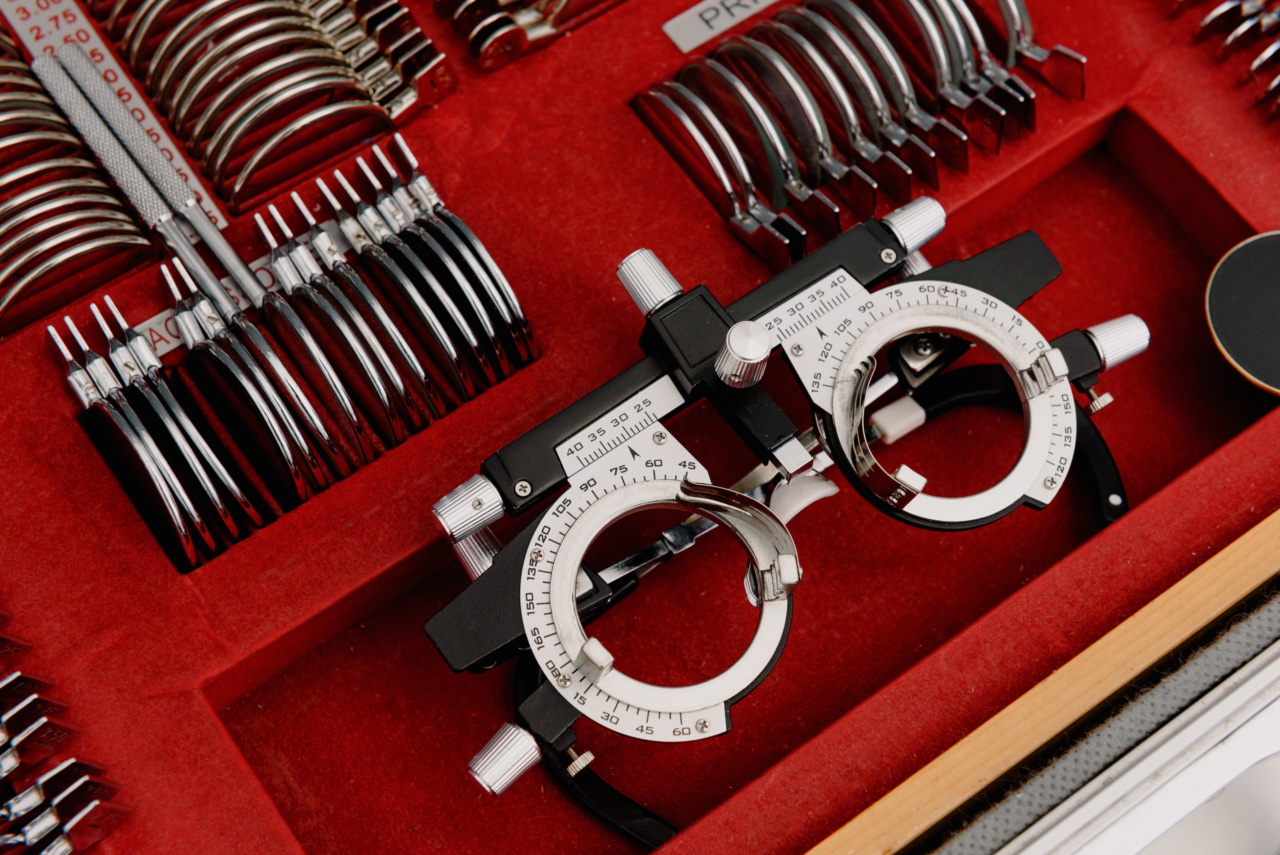Proper contact lens care is essential to maintaining good eye health and minimizing the risk of eye infections. The Centers for Disease Control and Prevention (CDC) provides valuable guidelines for contact lens wearers to follow.
In this article, we will explore three important tips from the CDC to help you take care of your contact lenses and protect your eyes.
1. Clean and Disinfect Your Contact Lenses Properly
One of the most crucial aspects of contact lens care is cleaning and disinfecting your lenses correctly. When you touch your lenses, you transfer germs and bacteria to them.
Therefore, it is essential to wash your hands thoroughly with soap and water before handling your contact lenses. Afterward, follow these steps:.
a. Rub and Rinse: Place a few drops of contact lens solution on your lens and gently rub it with your clean fingers. This helps remove debris and keeps your lenses clean. Rinse them thoroughly with solution afterward.
b. Store in a Clean Case: Always use a clean contact lens case. Rinse your case with contact lens solution, not water, and let it air dry.
Avoid storing your lenses in cases that are cracked or damaged, as they may allow bacteria to grow and contaminate your lenses.
c. Replace Solution Regularly: Contact lens solution can become contaminated over time. It is important to discard the old solution and fill the case with fresh solution every time you store your lenses.
Avoid reusing or topping off the solution in your case.
2. Properly Replace Your Contact Lens Case
Many contact lens wearers overlook the importance of regularly replacing their contact lens cases. The CDC recommends replacing your contact lens case at least every three months or as recommended by your eye care professional.
An old, dirty case can harbor bacteria, fungi, and other microorganisms that can lead to eye infections. It is also crucial to replace your case after recovering from an eye infection.
To ensure your contact lens case remains clean:.
a. Rinse and Air Dry: After each use, rinse your contact lens case with fresh solution, not water, and allow it to air dry. Always keep the caps off when drying the case to prevent moisture buildup.
b. Store Upside Down: When not in use, store your contact lens case upside down on a clean tissue. This helps any remaining solution to evaporate and prevents bacteria growth.
c. Don’t Share Cases: Sharing contact lens cases can lead to cross-contamination and increase the risk of eye infections. Each individual should have their own dedicated case.
3. Avoid Water Exposure with Contact Lenses
Water, whether it be tap water, swimming pool water, or even saliva, should never come into contact with your contact lenses. Water may contain microorganisms, such as Acanthamoeba, that can cause severe eye infections.
To minimize the risk of infection, follow these guidelines:.
a. Remove Lenses before Swimming: Take out your contact lenses before entering any water source, including swimming pools, hot tubs, oceans, and lakes.
Even if you wear waterproof goggles, water can still seep into your eyes and carry harmful microorganisms.
b. Remove Lenses before Showering: Remove your lenses before taking a shower. Water from the shower can contain bacteria or contaminants that may adhere to your lenses and cause complications.
c. Avoid Tap Water: Never rinse or store your contact lenses with tap water. Tap water is not sterilized and may contain harmful microorganisms that can put your eye health at risk.
By following these three essential tips from the CDC, you can ensure proper contact lens care and maintain good eye health. Remember, taking care of your contact lenses is a significant responsibility that should not be taken lightly.
Consult with your eye care professional for any specific instructions pertaining to your lenses or any concerns you may have.




























